Berlesing means buckets…lots and lots of buckets.
In my last post, I explained how soil samples were taken from the tundra. The samples were cut out of each of our plots (with a bread knife) then sectioned into surface and below ground pieces, packed in a Ziploc and carted back to our lab in our packs. We had 60 samples, and most were water logged – let’s just say they weren’t light.
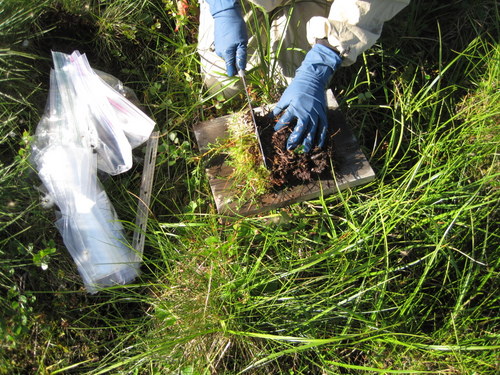
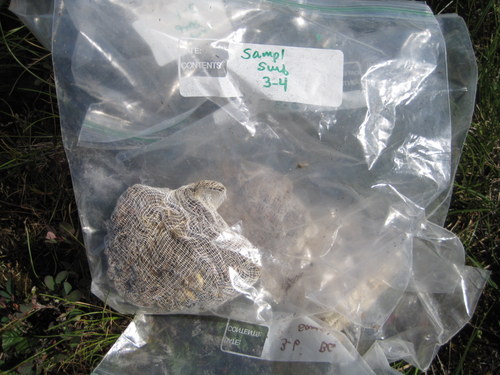
Accuracy counts
While Amanda was taking soil samples from each of the plots, Kiki was recording other pieces of data that pertains to soil – the temperature and the moisture level. One of the things I’ve noticed since working with Team Spider is the attention to detail when it comes to recording data. I’m trying to imagine what it would be like if I could get my students to be this thoughtful about their data collection. I’ve tried to stress the importance of reliable data to my students, but I’ve still got a lot of work to do.
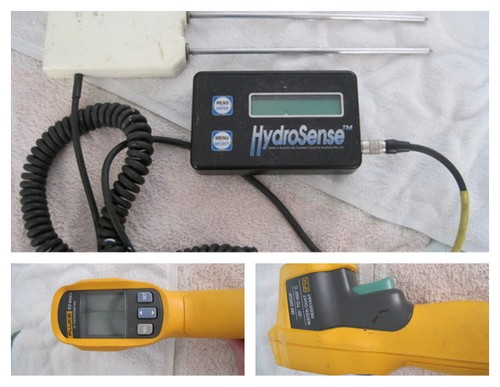
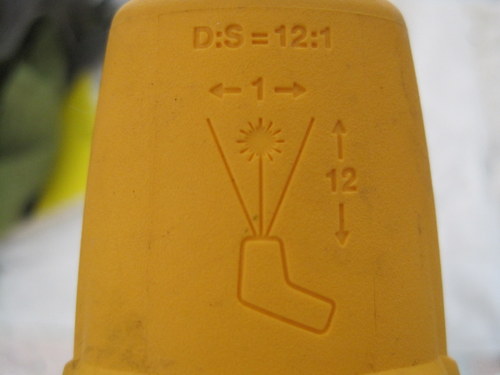
Once we got back to the lab, it was time to weigh all of our samples and set up the Berlese funnels. What, you may ask, is a Berlese funnel? Hold your horses…I’ll get there.
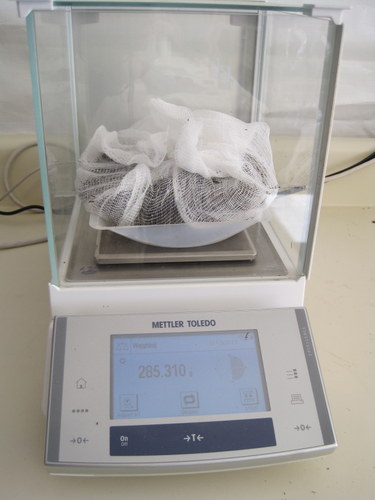
Berlesing Madness
Just what is the point of a Berlese funnel? What IS a Berlese funnel? Antonio Berlese was a bug dude (otherwise known as an entomologist) who came up with a way to get tiny soil creatures to migrate out of soil so that they could be preserved an analyzed. Basically, you shine light on the soil and heat it up, which the soil animals don’t like. They travel down through the soil to escape the light, eventually finding their way into a funnel which empties into a reservoir of preserving liquid.
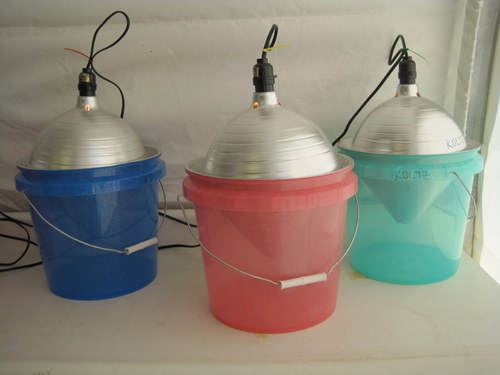
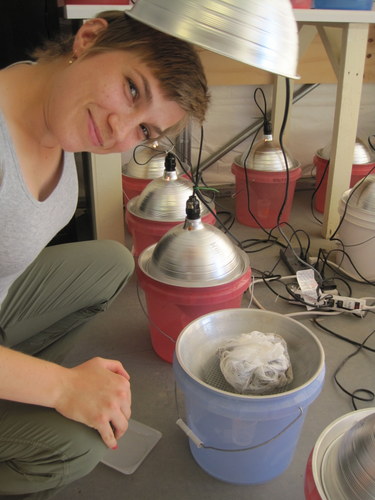
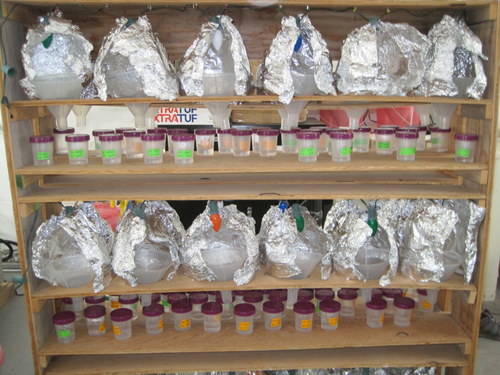
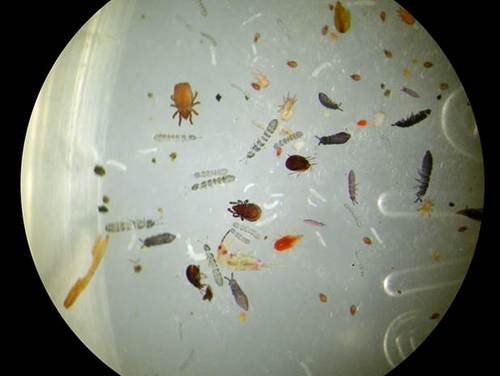
Time for Some Fun and some science. Always some science.
After all that time hauling soil and setting up Berlese funnels, it seemed appropriate that some milestone had been reached. On our next trip to pick up pitfall traps along the Dalton Highway, PolarTREC teacher Bruce Taterka and I decided that it was time to dip our toes in the Arctic Ocean. We did work on our way there, however, and I got to see some neat “mini” thermokarsts at one of our pitfall sites.
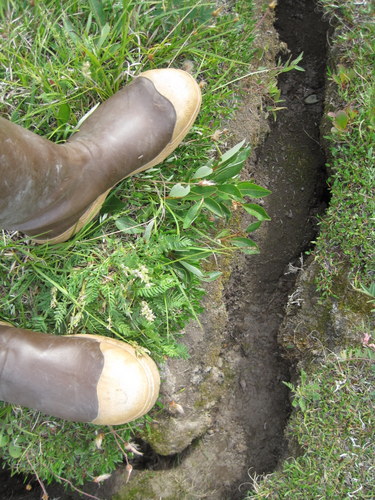
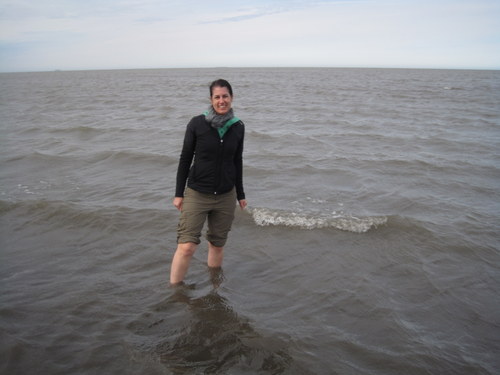


Comments